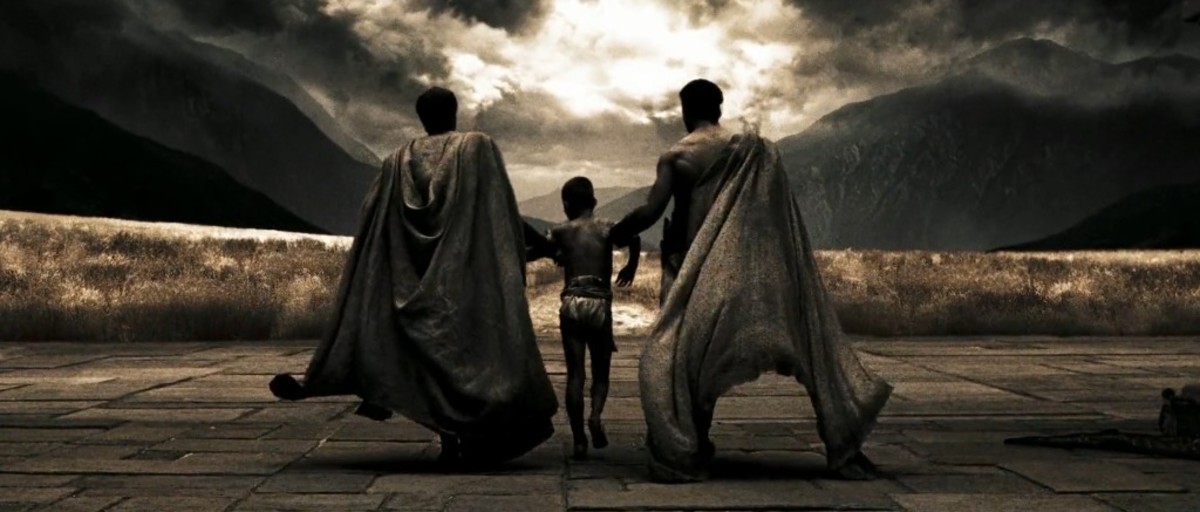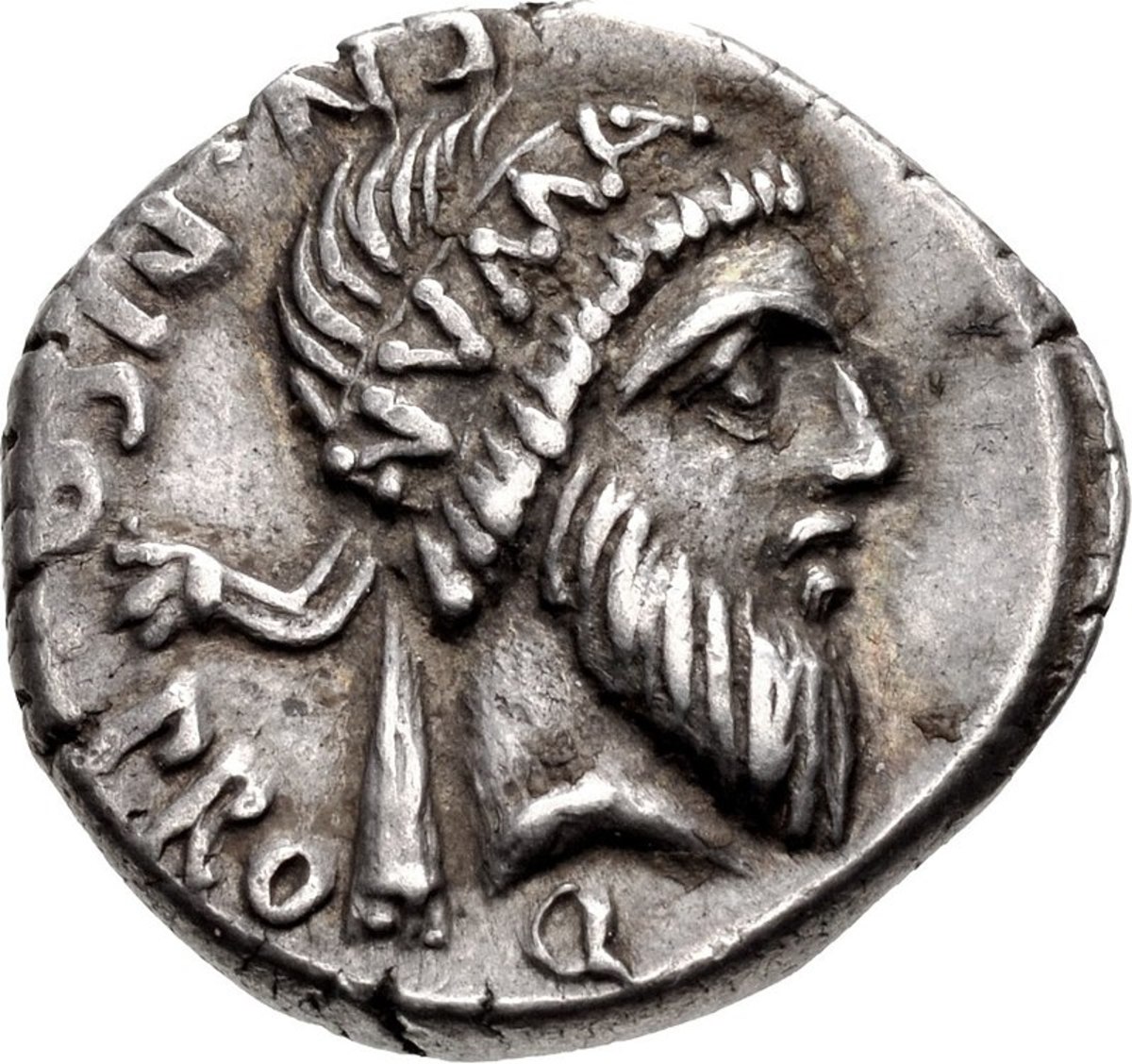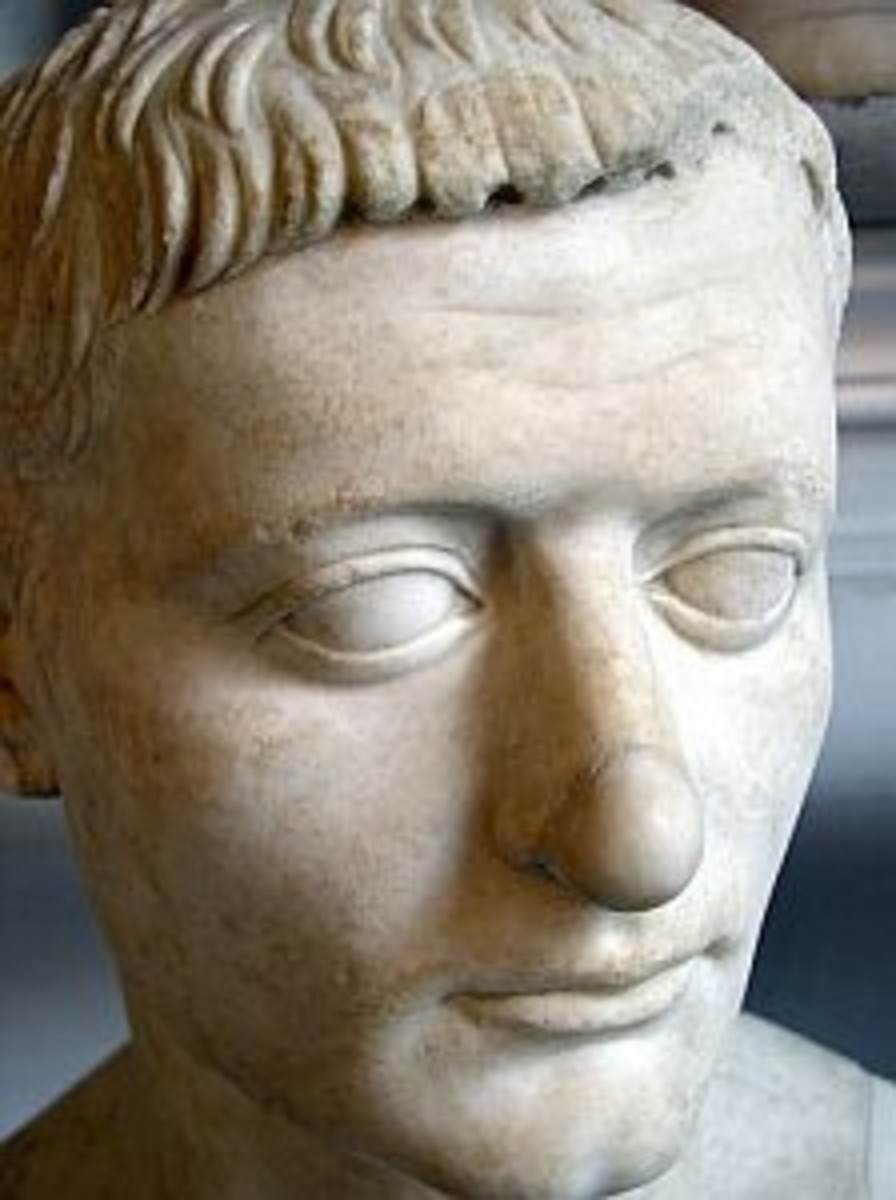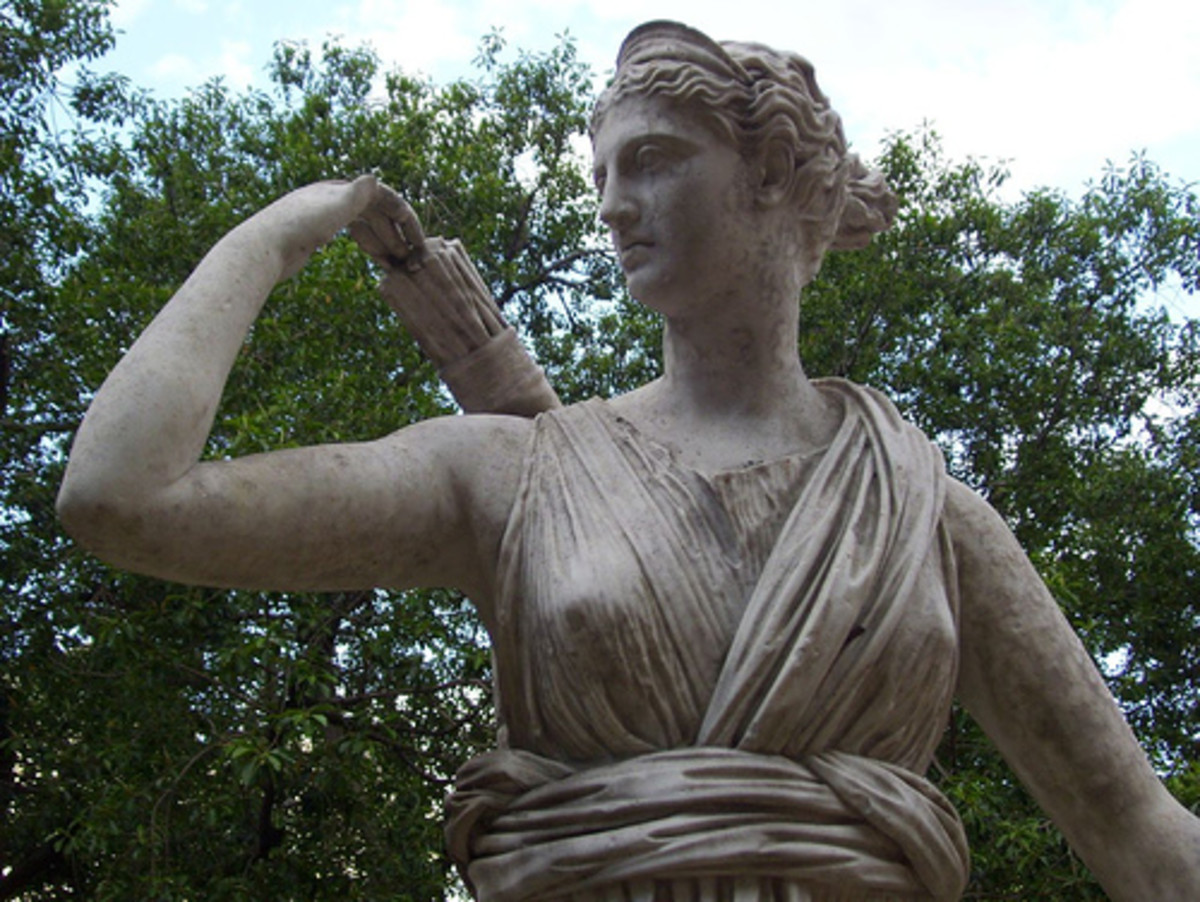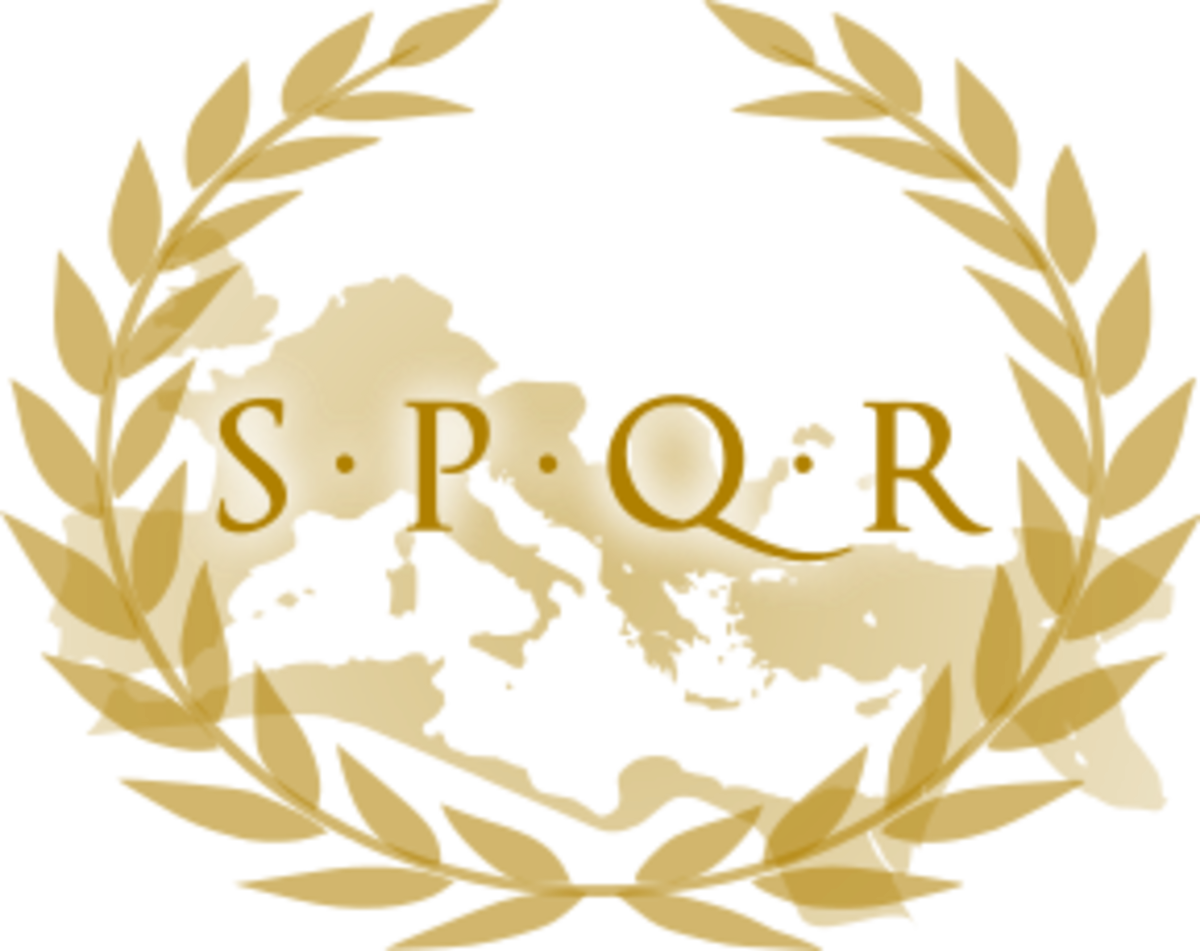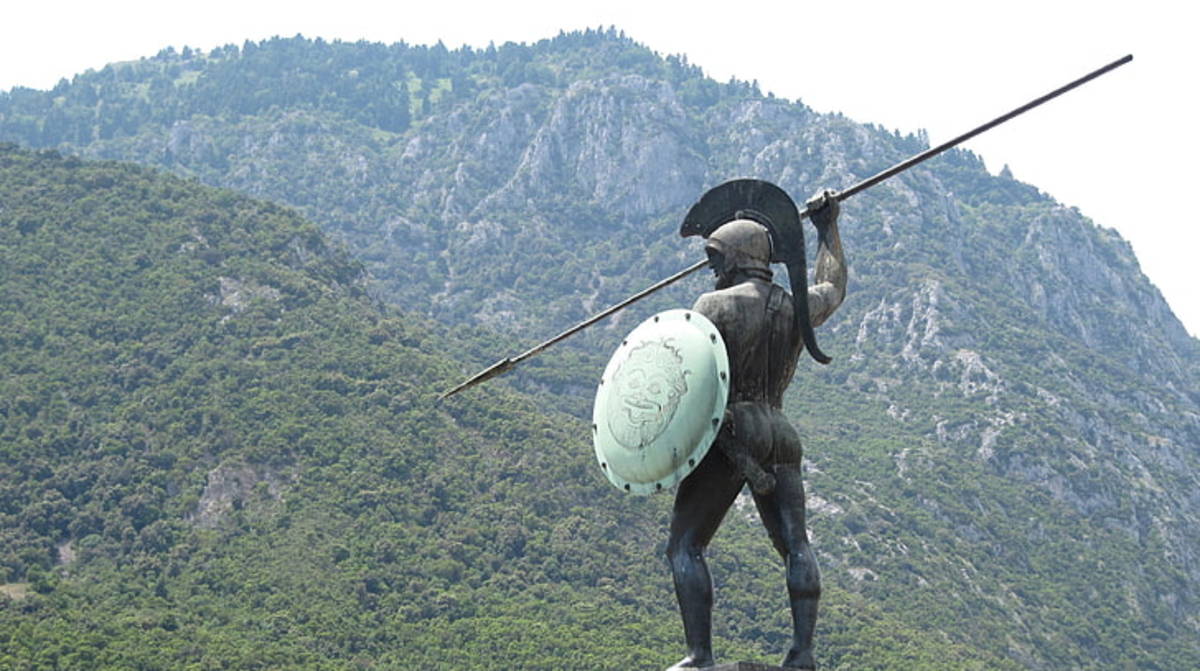A Comparison of Ancient Civilizations Between Rome and Sparta
Rome and Sparta: A Comparison of Cultural Aspects
Religion in Rome
In ancient Rome, religion encompassed the inherited ethnic religion of Roman city that Romans considered as crucial since it defined them as a people, and the adopted practices of religion that was brought under the Roman rule. Romans regarded themselves as exceedingly religious and accredited their achievement as the world power to their joint devoutness in maintaining the best relations with their gods. According to historical records, , many of the religious institutions in Rome might be traced back to its founders, in particular Pompilius, the second Roman king, who is believed to have negotiated with the gods directly. This archaic religion is the foundation of mos maiorum, or simply tradition, normally viewed as fundamental to Roman identity.
Religion in Sparta
Spartans held a belief of polytheism, which refers the belief of several gods, the same belief also held by Romans. Among the tribe’s gods and goddesses included Lachesis, Clotho, and Atropos, the destiny and fate goddesses, and Atlas, the burdens god who was punished for threatening the gods. It is believed by these people that as a punishment by Zeus, he was to hold the skies up forever. Zeus was god who ruled the whole earth. Other gods included, Adonis the desire god, Heracles, Zeus and Hera’s son, he was born human but Athena turned him into a god. Rituals and ceremonies were held for these gods and goddesses as well as for the specific religious beliefs. Separate temples were made for the gods Zeus and Athena.
Burial Practices in Roman Culture
Funeral practices of ancient Rome was a part of Mos Majorum, or the way of ancestors, and drew on beliefs embodied in the Roman domestic and public religion. The cemeteries in Rome were situated out of the city pomerium, the city’s sacred boundary. The cemeteries were regularly visited with wine and food offerings and special observances at the religious festivals for honoring the dead. Monuments for funerals appear throughout the Empire, and their dedications serve as significant information for persons that were significant and also for Roman history.
Burial Practices in Spartan Culture
Sparta is one exception among Roman and Greek cities that never took much interest in the separation of the dead from the living. David (1984), establishes that the militaristic culture had no concern with the burial of the dead among the living in the cities. Several excavations confirm this establishment, since many archaeologists have stumbled upon graves of citizens near to the wall of a homestead in at least a village in Sparta(600BC). Moreover, Spartans treated their dead mostly by wrapping them carefully in red robes and olive leaves then burying them without a particular kind of headstones or artifacts. This lack of makers has made it hard to spot most of Spartan graves. These practices greatly differ with those of Rome.
Social Class in Sparta
In Ancient Sparta, the society was divided to three major classes. Spartiate were at the top followed by Perioeci and the helots who were at the bottom. The Spartiate were viewed as the native Spartan since they were able to trace back their ancestry to the first city inhabitants. These ones enjoyed all legal and political rights of their state. Additionally, they were the only ones who could be allowed to take part in politics. They led the military, served in military, and led Sparta. On the other hand, The Perioeci were the foreigners who divided Spartiete and helots. This primary function granted them many rights and allowed them to own land. Although paying tax for them was also mandatory, life was not very hard for the Perioeci. The helots were disliked very much by Spartans since they came from Helos.
Social Class in Rome
Unlike Sparta, social class in ancient Rome was hierarchical, although there existed overlapping and multiple social hierarchies and a person’s relative position in one society could have been lower or higher in another. Status of freeborn individuals in Rome was established by: census rank according to the political privilege and wealth of a person, ancestry, attaining honors, and citizenship, of which there were different grades with varied privileges and rights. For instance, those that lived in towns situated outside Rome could have held citizenship but lack a voting right. There also existed non-citizen classes with varied legal rights such as the peregrine. Under Roman law, slaves were taken as properties and held no single right.
Law in Sparta
Contrary to Romans, Spartans were sticklers when it came to obeying the law and this was a guide to appropriate behavior in both small and big matters. For instance, when ephods’ entered office, they issued a public statement to the Spartan men to shave their moustache and obey laws. The depth of the respect of Spartans for their government system under the law was signified by their tradition, which Delphi and Apollo had sanctioned with an oracle that was called the Rhetra. Unlike Rome, Spartan laws were never written down. They were rather preserved from one generation to the other with a distinctive and highly structured way of living.
Roman law
The law in Rome consisted of the legal system in ancient Rome, and legal developments that took place before the seventh century AD. This is when the state of Roman Byzantine implemented Greek as an official state language. Unlike Sparta, Roman law development comprises of over a thousand years of jurisprudence beginning from the famous twelve tablets to the renowned corpus jurisprudence Civil is that was ordered by Justinian the emperor. Historically, the Roman law denotes also the legal systems, which were used in Western Europe up until the 18th century.


